Paul M. Sutter is a research professor in astrophysics at SUNY Stony Brook University and the Flatiron Institute in New York City. He regularly appears on TV and podcasts, including 'Ask a Spaceman.' He is the author of two books, 'Your Place in the Universe' and 'How to Die in Space,' and is a regular contributor to Space.
Mysterious, nearly invisible objects known as"dark comets" may pose a bigger threat to Earth than scientists thought, new research suggests.
Asteroids, on the other hand, typically live in the inner solar system, usually between Mars and Jupiter. They are much rockier than their cometary cousins and, therefore, can survive much longer in the glare of the sun. But they, too, occasionally tumble into unstable orbits that bring them dangerously close to Earth.
All small objects in the solar system, including asteroids, have some amount of nongravitational acceleration, but astronomers can usually identify the cause. For example, asteroids are unevenly heated by the sun, which causes a tiny-but-measurable shift in their orbits. The researchers discovered that the nongravitational acceleration of dark comets is not compatible with uneven heating, so there must be another source of acceleration. The team thinks the dark comets are indeed outgassing, which can cause its own nongravitational acceleration, just at an undetectable level.
United Kingdom Latest News, United Kingdom Headlines
Similar News:You can also read news stories similar to this one that we have collected from other news sources.
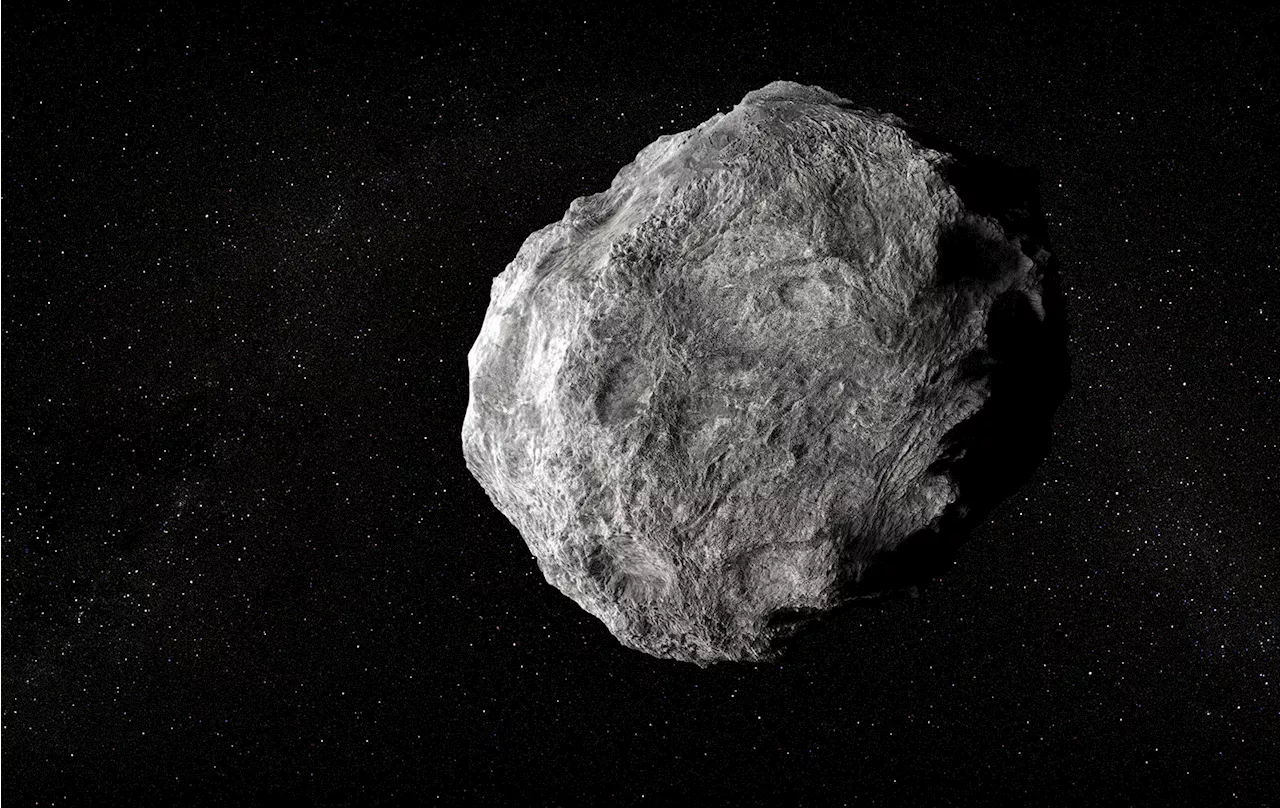 An asteroid larger than 99% of near-Earth asteroids will pass Earth this weekTwo asteroids will pass Earth back-to-back this week, just in time to celebrate Asteroid Day 2024. Here's what we know.
An asteroid larger than 99% of near-Earth asteroids will pass Earth this weekTwo asteroids will pass Earth back-to-back this week, just in time to celebrate Asteroid Day 2024. Here's what we know.
Read more »
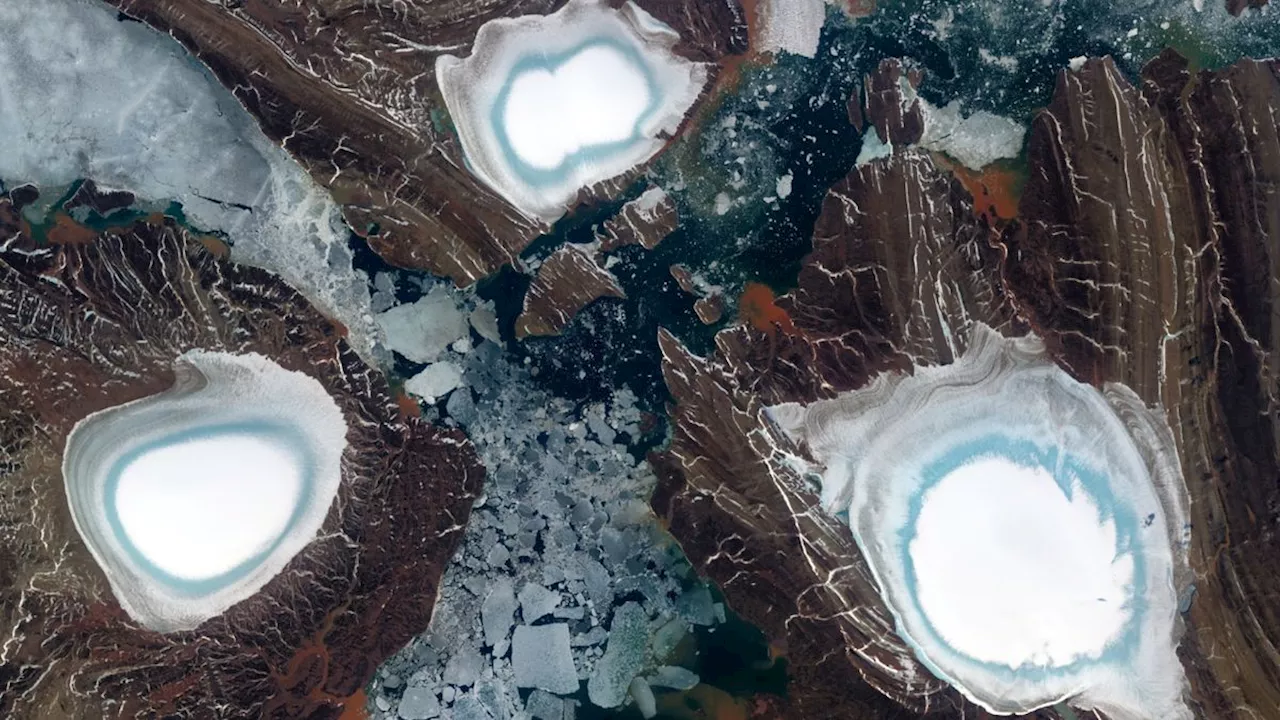 Earth from space: Trio of ringed ice caps look otherworldly on Russian Arctic islandsHarry is a U.K.-based senior staff writer at Live Science. He studied marine biology at the University of Exeter before training to become a journalist. He covers a wide range of topics including space exploration, planetary science, space weather, climate change, animal behavior, evolution and paleontology.
Earth from space: Trio of ringed ice caps look otherworldly on Russian Arctic islandsHarry is a U.K.-based senior staff writer at Live Science. He studied marine biology at the University of Exeter before training to become a journalist. He covers a wide range of topics including space exploration, planetary science, space weather, climate change, animal behavior, evolution and paleontology.
Read more »
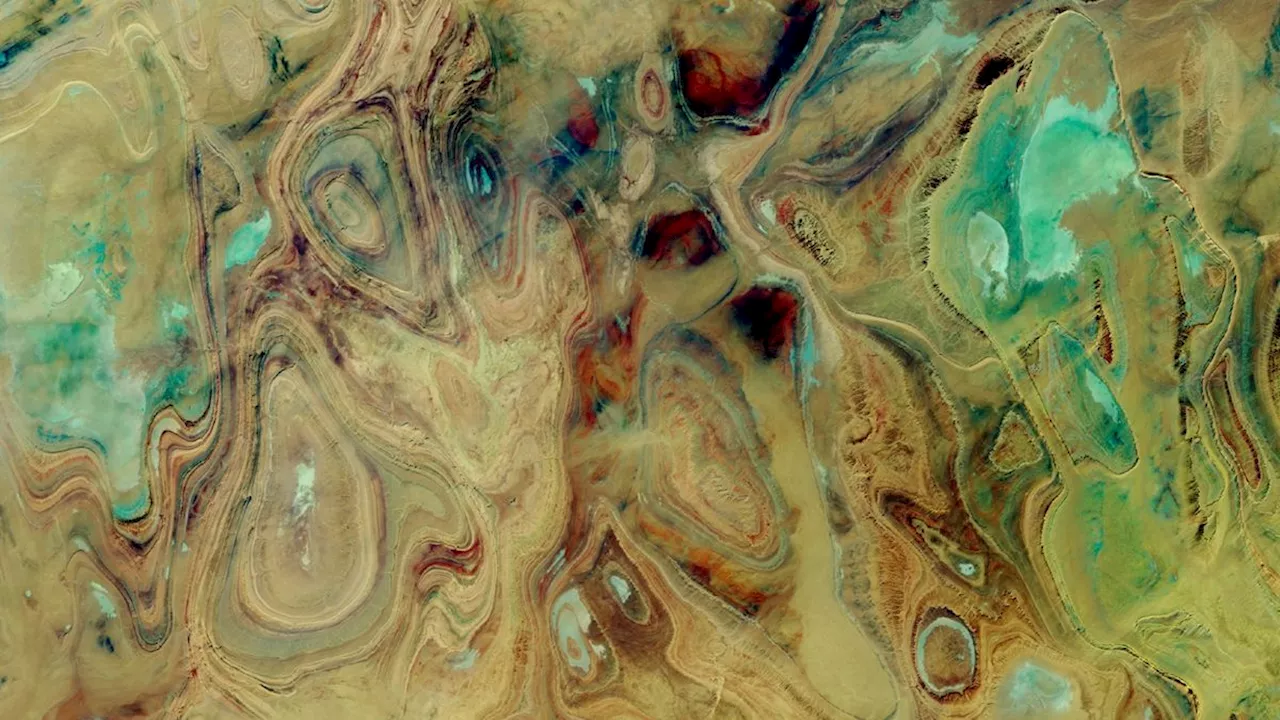 Earth from space: Near-lifeless 'Land of Terror' looks like an alien landscape in the SaharaHarry is a U.K.-based senior staff writer at Live Science. He studied marine biology at the University of Exeter before training to become a journalist. He covers a wide range of topics including space exploration, planetary science, space weather, climate change, animal behavior, evolution and paleontology.
Earth from space: Near-lifeless 'Land of Terror' looks like an alien landscape in the SaharaHarry is a U.K.-based senior staff writer at Live Science. He studied marine biology at the University of Exeter before training to become a journalist. He covers a wide range of topics including space exploration, planetary science, space weather, climate change, animal behavior, evolution and paleontology.
Read more »
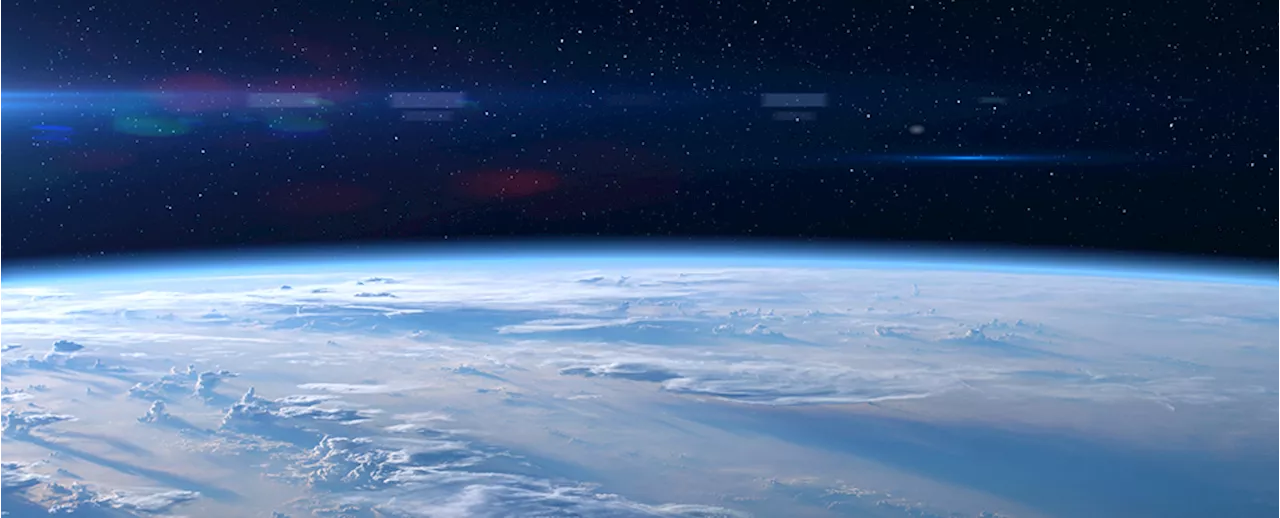 Winds at The Edge of Space Are Surprisingly Like The Ones Close to Earth's SurfaceThe Best in Science News and Amazing Breakthroughs
Winds at The Edge of Space Are Surprisingly Like The Ones Close to Earth's SurfaceThe Best in Science News and Amazing Breakthroughs
Read more »
 Ticking Time Bomb: Space Junk Is Eating Away at Earth’s Ozone LayerScience, Space and Technology News 2024
Ticking Time Bomb: Space Junk Is Eating Away at Earth’s Ozone LayerScience, Space and Technology News 2024
Read more »
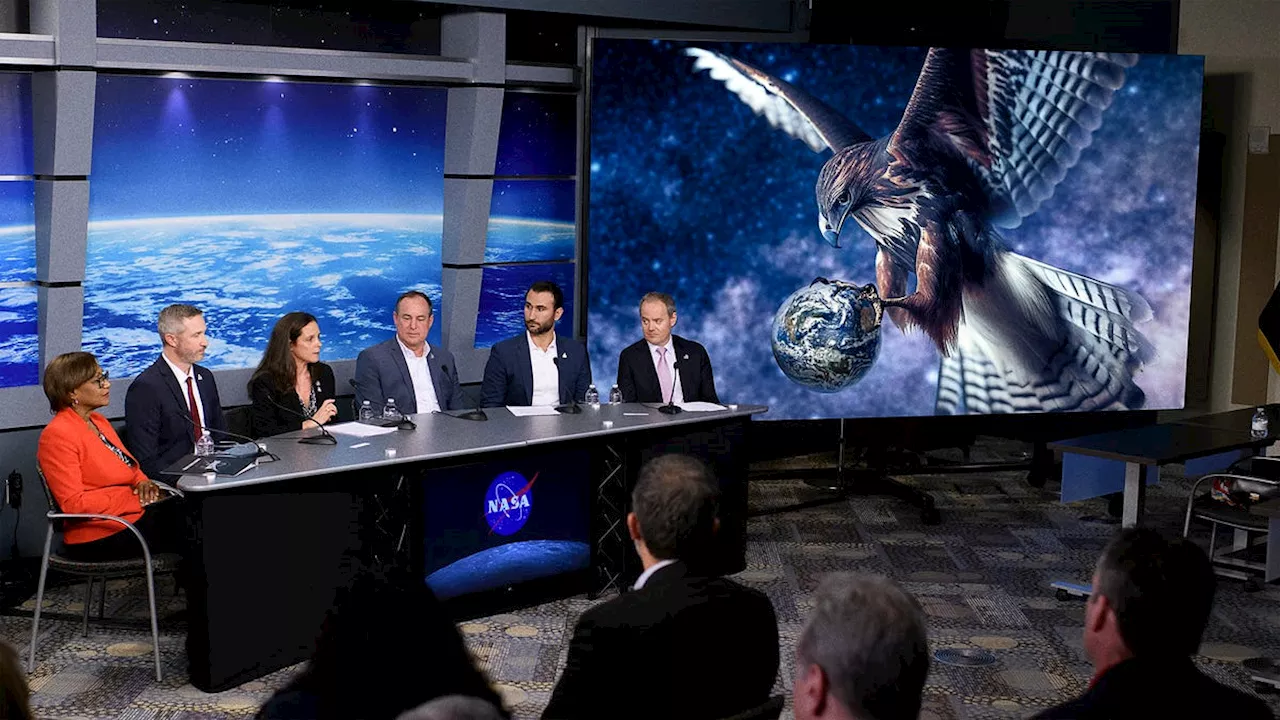 NASA Warns Space Hawk Has Swooped In And Picked Up Earth For NestWASHINGTON—Sounding the alarm that a cosmic bird of prey had clamped its talons onto the planet, NASA warned Thursday that a space hawk had swooped in and picked up the Earth for its nest of hungry space chicks.
NASA Warns Space Hawk Has Swooped In And Picked Up Earth For NestWASHINGTON—Sounding the alarm that a cosmic bird of prey had clamped its talons onto the planet, NASA warned Thursday that a space hawk had swooped in and picked up the Earth for its nest of hungry space chicks.
Read more »
